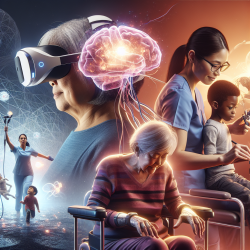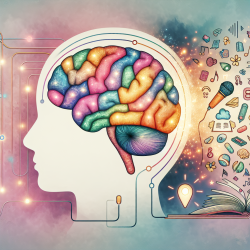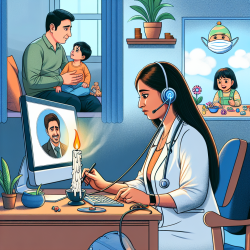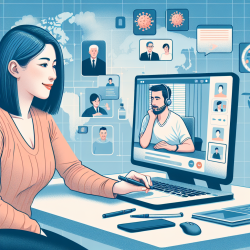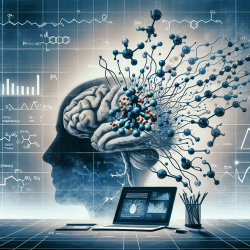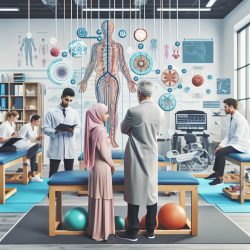Introduction
Stroke rehabilitation has always been a challenging area, with traditional methods often failing to meet the diverse needs of patients. However, recent advances in technology, specifically Virtual Reality (VR) and Augmented Reality (AR), are offering new hope. These technologies provide innovative ways to enhance neuroplasticity and improve the quality of life for stroke patients. This blog explores the findings from the research article "Virtual and Augmented Reality in Post-stroke Rehabilitation: A Narrative Review" and discusses how practitioners can leverage these insights to improve therapeutic outcomes.
The Potential of VR and AR in Stroke Rehabilitation
The narrative review highlights that VR and AR can significantly enhance conventional stroke rehabilitation. By creating immersive environments, these technologies engage patients in task-oriented, repetitive, and intensive training, which is crucial for motor re-learning and facilitating neuroplasticity. This is particularly beneficial for stroke patients, as it aids in restoring motor functions and improving cognitive abilities.
VR involves using wearable screens to immerse users in a synthetic 3D environment, while AR overlays digital information onto the physical world. These modalities can be used individually or combined to form a mixed reality environment, offering real-time interactions between virtual and real-world objects. Such environments have been shown to increase patient motivation and engagement, leading to better rehabilitation outcomes.
Data-Driven Insights
The review analyzed multiple studies and databases, concluding that VR and AR, when used alongside conventional therapy, can yield better results in early rehabilitation stages. However, it also noted the need for further research to fully understand the extent of these technologies' efficacy. The studies reviewed indicate that VR/AR systems can refine motor control, enhance cognitive functions, and improve social participation for stroke survivors.
Moreover, the review emphasizes the importance of customizing VR/AR systems to meet individual patient needs. This customization can significantly enhance the effectiveness of rehabilitation programs, making them more patient-centered and outcome-driven.
Challenges and Future Directions
Despite the promising results, the review acknowledges several challenges, including the lack of standardization in VR/AR applications and the technical difficulties some patients experience, such as nausea and headaches from head-mounted displays. Additionally, there is a need for more trained professionals to effectively implement and maintain these systems.
To address these challenges, further research is essential. This includes exploring the affordability and accessibility of VR/AR technologies, particularly in remote regions, and developing standardized protocols for their use in stroke rehabilitation. Encouragingly, the potential for these technologies to be integrated into telerehabilitation services could make them more accessible to a broader population, including those in underserved areas.
Conclusion
The integration of VR and AR into stroke rehabilitation represents a significant advancement in therapeutic practices. These technologies offer a more engaging and effective approach to rehabilitation, with the potential to transform patient outcomes. As we continue to explore their capabilities, practitioners are encouraged to stay informed about the latest research and consider incorporating VR/AR into their therapeutic repertoire.
For those interested in delving deeper into the research, the original paper, "Virtual and Augmented Reality in Post-stroke Rehabilitation: A Narrative Review," can be accessed here.
